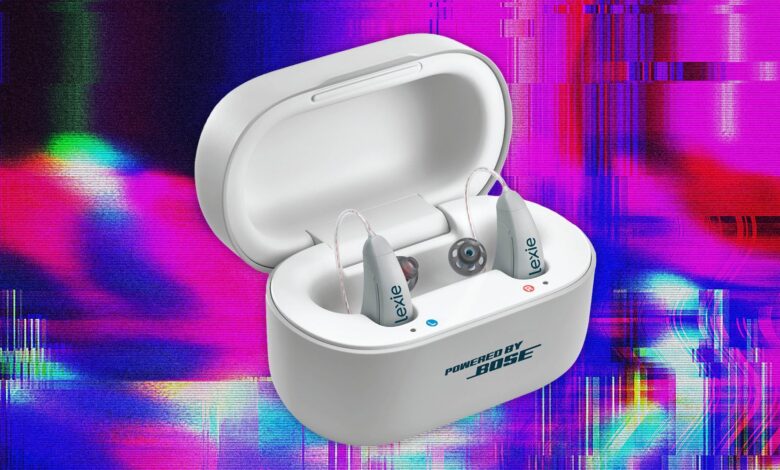Best OTC Hearing Aids (2024): Tested and Reviewed

If you are spending hundreds or thousands of dollars Buy OTC hearing aidsmake sure you’re getting a product that provides a sustainable, long-term solution to your hearing loss needs. In addition to the obvious things like sound quality, take a few minutes to consider these specifications.
Which size and style is best for you? Most hearing aids on the market are classified as either behind-the-ear (BTE) or in-the-ear (ITE). BTE hearing aids are probably what you think of when you picture a hearing aid, consisting of a plastic box that houses the electronics, a thin cable that goes through the ear and into the ear canal, and a small speaker called a “receiver” that transmits amplified sound from a person’s surroundings into their ear. ITE models, on the other hand, are standalone devices that look like a standard pair of wireless headphones. In-the-ear hearing aids are popular for their discreet aesthetic, and they tend to be much easier to insert and remove than behind-the-ear types. However, modern BTE hearing aids are significantly smaller than their “old” counterparts. It’s just a matter of which one fits you best.
Replaceable or rechargeable battery? Like wireless headphones, most OTC hearing aids come equipped with a rechargeable battery and (usually) a portable charging case for easy transport. If you factor in the battery life of the case, you’ll find most OTC models last about a week before you need to connect to a power source. Without a case, rechargeable hearing aids will provide 10 to 24 hours of battery life per charge (but battery life will be reduced by a few hours if you use them for Bluetooth streaming). Replaceable batteries, such as the one on the Sony CRE-C10, can last 70 hours or more before running out of juice. It sounds great, but it means having spare parts on hand and having to contend with tiny cells, which can be difficult for those with dexterity issues.
Are you comfortable making adjustments? While prescription hearing aids are fitted in an office by a licensed hearing care professional, OTC devices are self-fitted. In most cases, OTC hearing aid users must be able to adjust the device to their ears, often with the help of a smartphone app. While it’s certainly nice to be able to make quick adjustments yourself, it can come at the expense of personalized care.
How is the company’s customer support? If only you could count on quality support from every hearing aid manufacturer! Unfortunately, OTC hearing aid companies are just companies. There are no “standards” for customer service in the industry. Companies like Jabra offer patients comprehensive support, but other brands can leave you to fend for yourself.
Is there a trial version? If you’re not satisfied with your hearing aids, you may want to have the option of returning them without writing off the entire amount as a sunk cost. Most states require manufacturers to provide patients with a Minimum trial periodbut I advise you to play it safe by finding out this information before purchasing.
What about the warranty? Equally important to a reasonable trial period is the inclusion of a comprehensive manufacturer’s warranty. Most brands cover manufacturing defects for up to a year, but it goes without saying that the longer the warranty, the better the deal. No matter which OTC hearing aid you choose, make sure the warranty covers loss, damage, and wear and tear.




